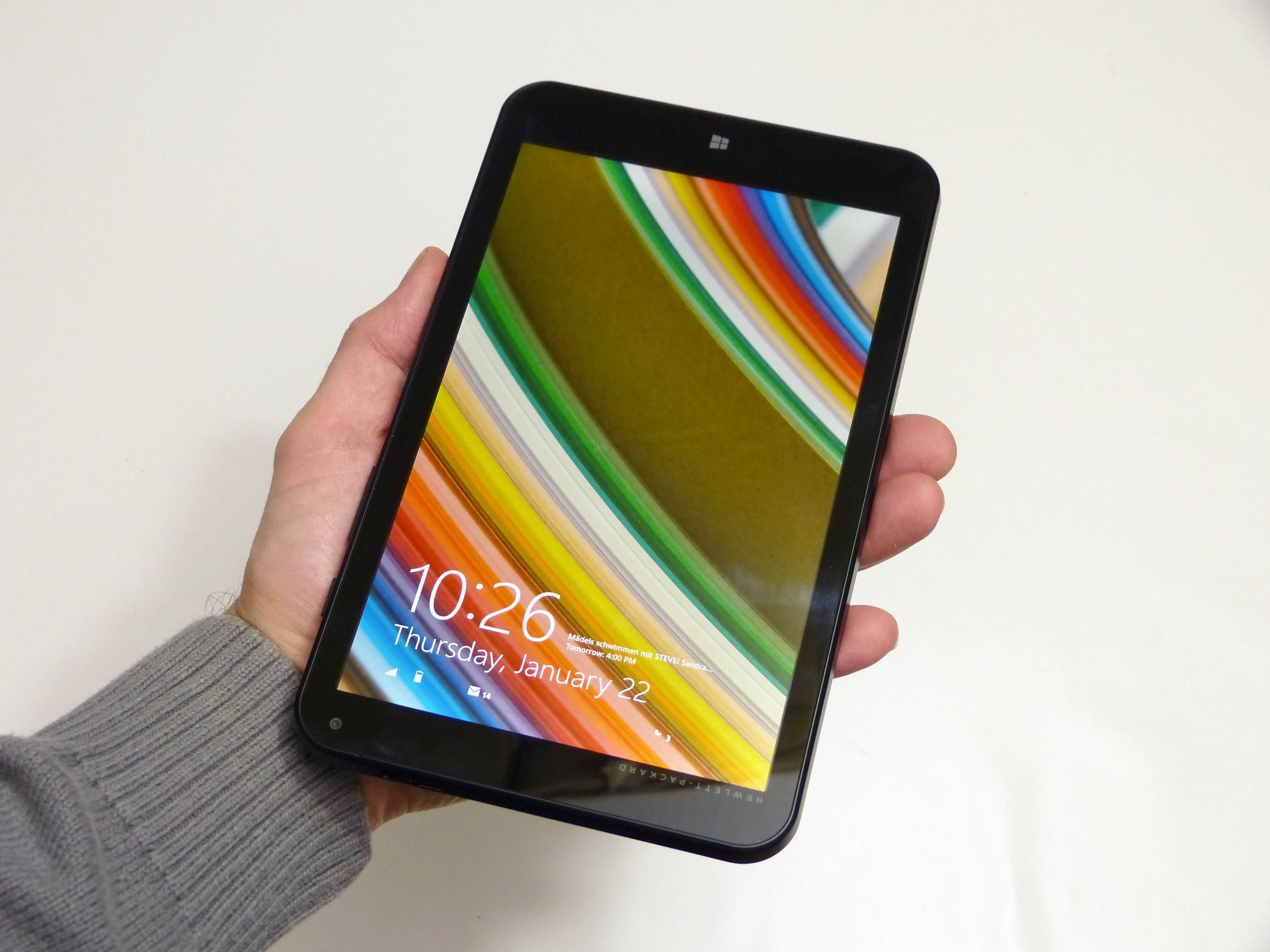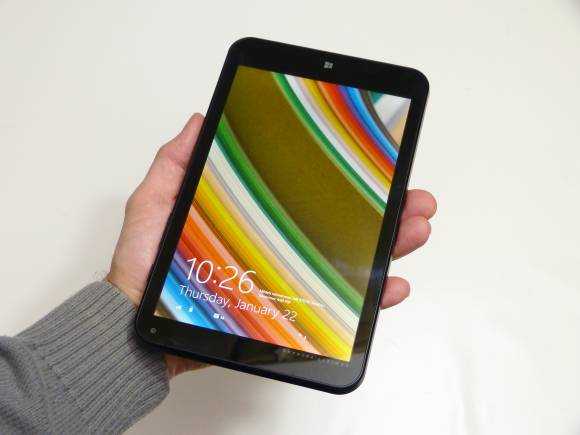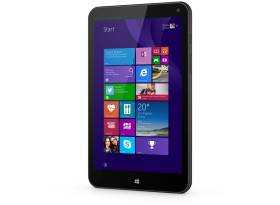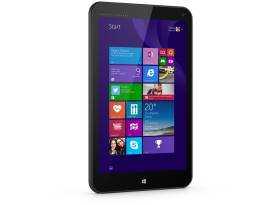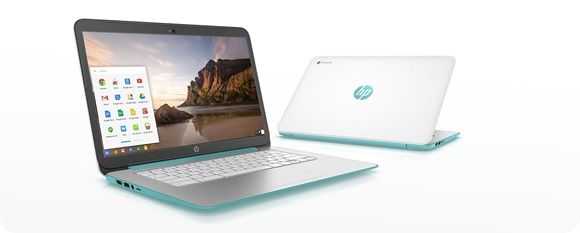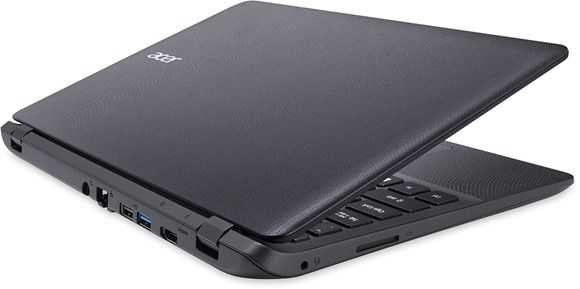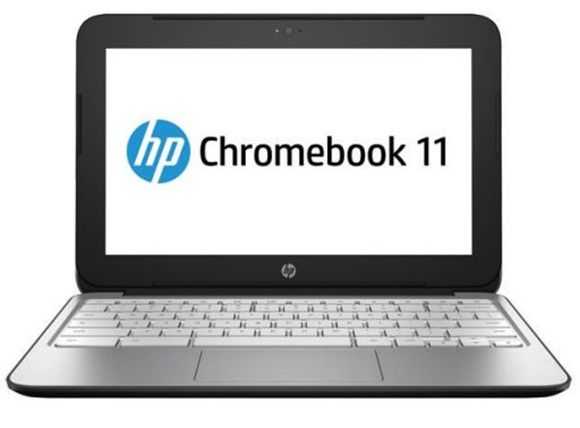I bought the HP Stream 8 with 3G and the first video and first-impressions are ready for you. The video is below and if you’re interested in a truly mobile PC (that is a handheld PC with mobile internet) then you’ll need to watch this and think about this new class of sub-$200 3G-enabled Windows tablets. It’s an incredible deal when you think about it because it was only a few years ago when we were forced to pay many hundreds of dollars more for a 3G/4G-enabled PC. Manufacturers only had cellular options on business-class devices and those options were always $100 or more. The HP Stream 8 not only has 3G included but includes a small amount of data free every month. 200MB goes quickly on a PC but you can add more or put your own SIM card in and really start to enjoy the benefits of Connected Standby. Using a Skype-in number, this tablet could be a phone. Using a turn-by-turn navigation program, an always-online navigation unit. It’s a mobile hotspot, a great social networking tool and when Windows 10 launches there’ll be a whole new life injected into it. It comes with one year of Office365 Personal, 1TB of OneDrive (1 year uploading, always available) and 60 Skype call-out minutes per month.
Read the full storyTag Archive | "hp"
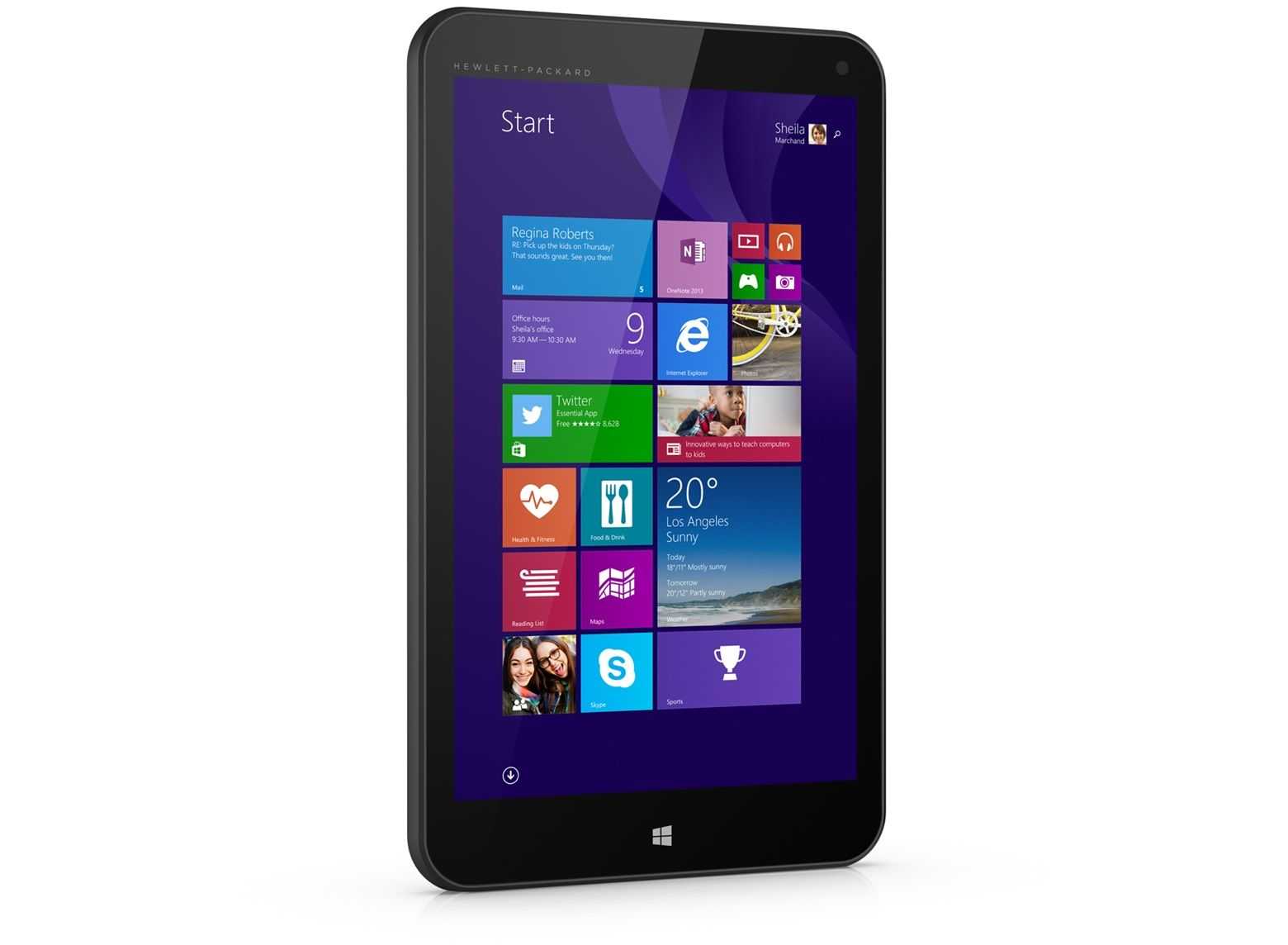
DataPass Deal: HP Stream 8 with 3G, free data and Office 365 for €175
Posted on 21 January 2015
I’ve just ordered the HP Stream 8 5900ng 8-inch Windows tablet because of an amazing European 3G deal. The HP Stream 8 5900ng includes an unlocked 3G module and comes with 200MB of Europe-roaming data per month for 2 years. You can top-up on a regular or one-off basis. According to information on the HP Germany website, USA is included from the 1st Feb 2015. Is this the ultra-mobile PC deal of the year? My company just paid €149 after entering an offer code and taking into account the sales-tax rebate. Office 365 is also included in the deal. Even without Office 365 this the best 3G-enabled ultra-mobile PC deal I’ve ever seen in Europe.

HP Stream to join the confusing low-cost Windows Tablet party.
Posted on 30 September 2014
The HP Stream 7 and HP Stream 8 have been launched and the cheapest version will cost just $99.Both models come with just 1GB of RAM and 16GB of storage . That’s all I’m going to tell you right now.
What can I say? Having had a bad experience with 1GB RAM on the Toshiba Encore 2 WT8 I just can’t get excited. I’m also confused about why manufacturers think this is a good idea? The platforms are likely to have been developed, tested and approved by Intel leaving HP and others to build the casing but there are major issues that will affect user perception of Windows tablets. Windows Desktop will slow down to a crawl after you’ve opened a number of browser tabs and a few apps as the Pagefile works overtime to switch data to and from memory. 16GB of SSD becomes a major issue after a short time unless you know all the tricks that can help keep it in order. Without a microSD slot though some of the tricks won’t even be possible.
Thank goodness there’s a 1280×800 screen with wide viewing angles on both of these tablets but that’s not enough for me to recommend them. Yet…
Will Windows 9 bring cheap Windows tablets to life?
Windows does need a cheap tablet option but it won’t happen with Windows 8.1. Late today Microsoft will be talking about Windows 9 and we hope to see better support for small form factor devices and low-end platforms. The ability to turn off the desktop and have an RT-style default might be a help too and if we could just have support for Windows Phone 8 apps, that could solve the problem. The Cortana assistant and a notification center will help too. Windows 9 should be a free upgrade on small-form-factor devices (it’s already free) so here’s hoping.
Until then, unless you have a specific need, a specific single task or RT-based need, be careful with these low-end Windows 8.1 tablets.
More information:
Mike Cane often highlights low-cost Windows tablet news on his blog.
HP Stream 7 site at HP.com
Hands-on with the Stream 8 and Stream 7 by Liliputing.

HP’s Stream ‘Chromebook Killer’ comes with Free 3G data in USA
Posted on 30 September 2014
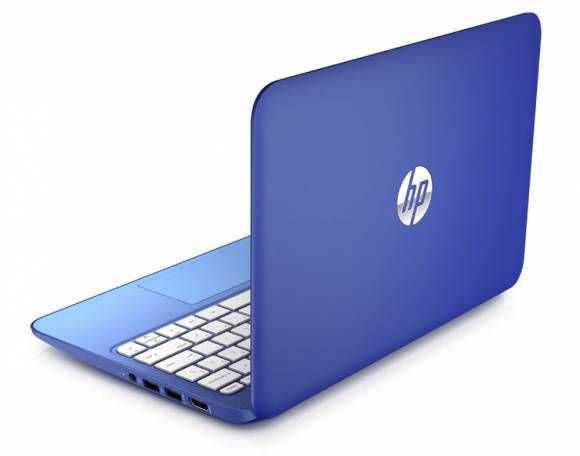
New ground is being broken in the Windows laptop world today as HP announces the HP Stream 11 and HP Stream 13 low-cost Windows 8 laptops. Built around the Baytrail-M platforms we see an many recent Chromebooks (and possibly using exactly the same motherboard) these Windows laptops will go head-to-head with Chromebooks such as the ASUS C300. In order to sweeten the deal, which to many is already going to look attractive to many mainstream users, HP have announced that the Stream 13 comes with free 3G data. 200MB from T-Mobile won’t cover everyone’s needs but we’re sure that top-up packages will be available. The price: $249 with a 7hr 45 min battery life.

HP Chromebook 14 Tegra K1, Full HD, Touch, Hands-On
Posted on 24 September 2014
The HP Chromebook 14 was popular and well-received. Maybe it was because of the 14-inch screen but I think in general it was the build quality, the keyboard and the Haswell-architecture performance that did it. It was an all-round quality Chromebook. The new HP Chromebook 14 has an updated design, screen options and has switched from X86 to ARM in the processor department. Battery life is improved as a result.

HP Pavilion X2 is a lightweight 10-inch 2-in-1 PC. Video.
Posted on 06 September 2014
Off the top of my head I think this is the lightest 10-inch 2-in-1 PC that I’ve ever seen. The HP Pavilion X2 is a Baytrail-T quad-core tablet with a 1280×800 screen and a 34Wh battery which is going to give you a reasonable battery life. There’s a full-size USB port, MicroHDMI, MicroSD and charging port and the keyboard isn’t bad either. This ultra mobile PC will launch at $330. My tip: A version might be available with 1GB RAM. Avoid that and go for 2GB RAM and 32GB storage. Total weight: 800 grams, 1.75 pounds.
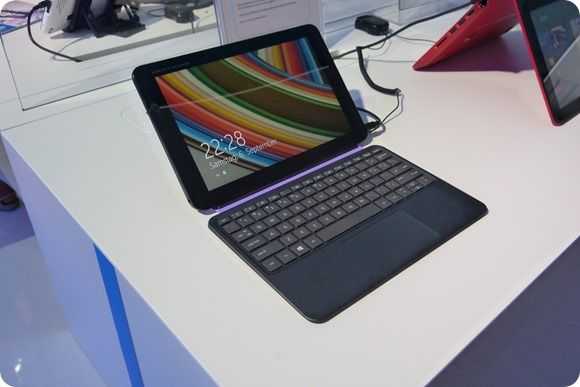

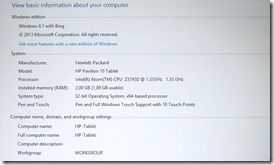
More images here.

Acer Aspire ES1 Windows laptop will compete against cheap Chromebooks
Posted on 20 August 2014
I briefly mentioned the Acer Aspire ES1 in an article about the Acer Chromebook 13 last week but I think it’s worth taking a closer look at it now because this could be the next $199 Windows laptop. Given the specifications it also hints at a widening of the free Windows OS offer from Microsoft.

HP Chromebook 11 G3 to evolve from ARM to X86
Posted on 14 August 2014
It looks like the Intel Atom/Celeron CPU has really found a niche in the latest Chromebooks. Here’s another Chromebook using the platform and in this case it’s replacing an ARM-architecture SoC that was in the previous version. The HP Chromebook 11 G3.
A PDF file (now removed) was spotted by Google Plus user Alvin Chin and the details showed that although the HP Chromebook 11 will stay much the same as in the G2 version it will get the Intel N2820 as seen in the ASUS C200, Acer CB3 / Chromebook 11 and Lenovo N20p making it a ‘lose’ for Samsung and ARM who originally had the Exynos 5250 inside.
As with the Acer CB3 vs the ASUS C200 it’s largely a price war between the three although detailed reviews are highlighting small but important variations so check reviews before you buy.
To assist you in Chromebook purchases we’re currently updating our database to include all the current models and will link into reviews as we find them.
Via Liliputing
 |
| |||
 |
| |||
 |
| |||
 |
| |||
 |
| |||
 |
| |||
 |
| |||
 |
| |||
 |
| |||
 |
|

